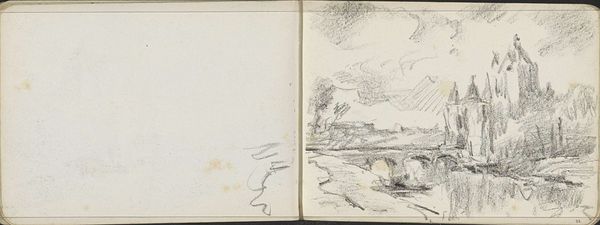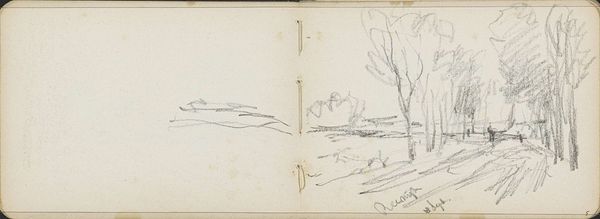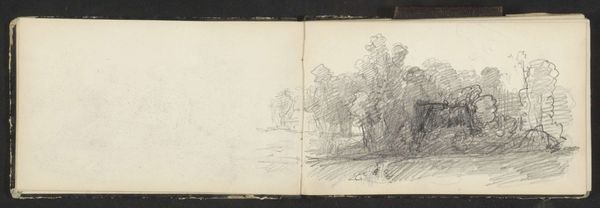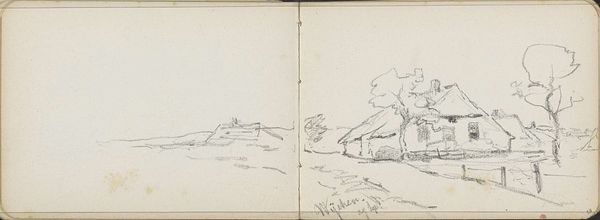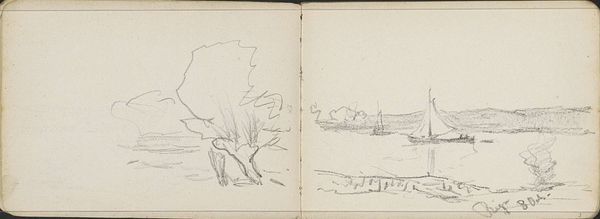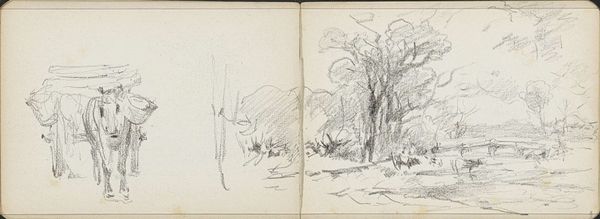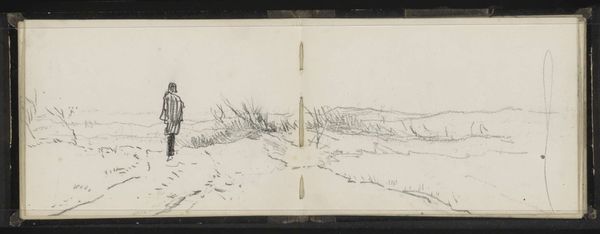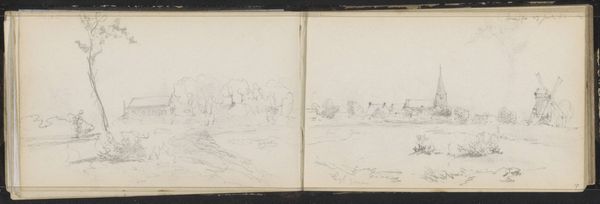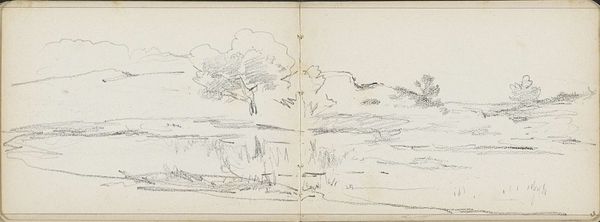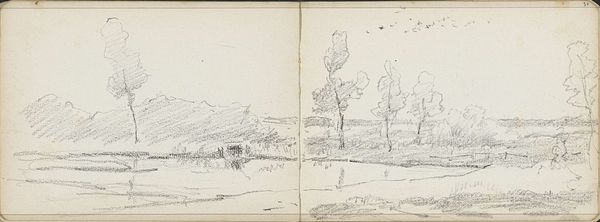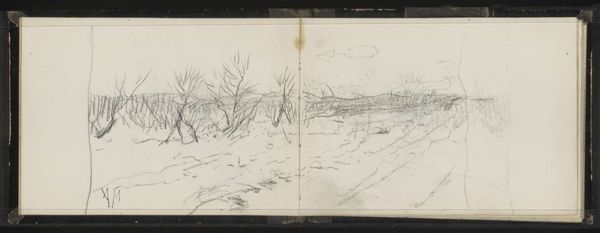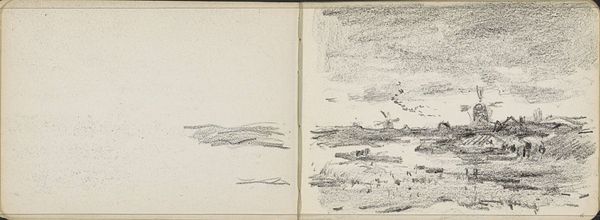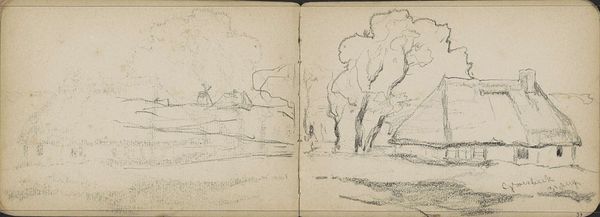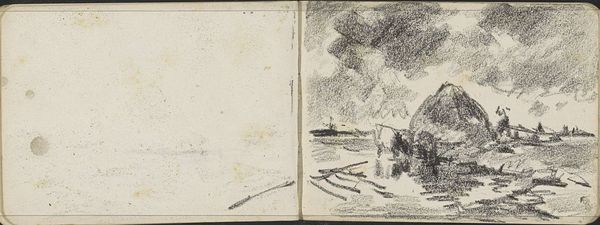
drawing, pencil
#
drawing
#
pen sketch
#
landscape
#
pencil
#
genre-painting
Copyright: Rijks Museum: Open Domain
Editor: Here we have Willem Cornelis Rip's "Huis aan een waterkant te Reeuwijk," possibly from between 1866 and 1929. It's a pencil and pen drawing, capturing a house by the water. There's a serene, almost melancholic feel to it. What strikes you about this piece? Curator: It evokes a sense of rural life, but through a lens of potential social commentary. Consider the period. While Rip might be depicting a seemingly idyllic scene, what realities of Dutch society – perhaps land ownership, class divisions, or the impact of industrialization on rural communities – might be subtly present in this depiction of a humble dwelling by the water? Editor: So, beyond just a landscape, it could be suggesting something about the socio-economic conditions of the time? Curator: Precisely. Ask yourself: who likely inhabited this house? What was their relationship to the land? Landscape art often serves as a reflection of the power structures within a society. The placement of the house, its relation to the water, and even Rip's choice of medium—simple pencil and pen—could speak to the everyday lives and struggles of the working class in the Netherlands during this period. Editor: That’s a fascinating way to look at it; I hadn't considered those elements. The bareness of the drawing style feels deliberate now, adding to that potential commentary. Curator: Indeed. And what stories can we weave about that family’s identity through their dwelling? Editor: Now I see so much more depth here. I was caught up in the landscape, but it's a lens onto a much larger picture. Curator: Exactly! Art provides pathways to see culture through another’s eyes. Keep questioning what is represented in artwork.
Comments
No comments
Be the first to comment and join the conversation on the ultimate creative platform.
